
Conservationists have reacted angrily to news that the Scottish Government has approved the controversial Stronelairg wind farm in the increasingly developed Monadhliath mountains near Fort Augustus. They say the decision will ruin a core wild land area and render 'meaningless' the Government's own wild land mapping exercise.
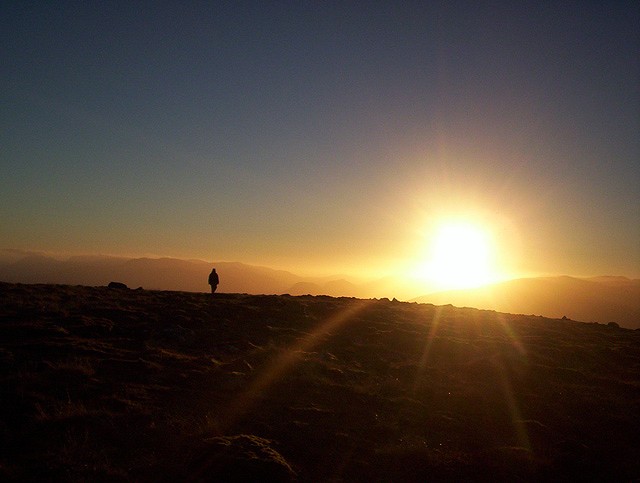
SSE's 67-turbine wind farm, which wiill be prominently visible from scores of distant summits including the Cairngorms, was given the go-ahead yesterday by energy Minister Fergus Ewing on the grounds that it will benefit the region.
But not everyone sees it that way.
Helen McDade, Head of Policy for the John Muir Trust said:
'This development flies in the face of advice from Scottish Natural Heritage which objected to the development on the grounds that it would destroy the character of one of Scotland’s key areas of wild land.'
'SSE is a powerful multinational company with its HQ in Scotland, and we know this project is worth many hundreds of millions to its shareholders. It is unfortunate that SSE’s views seem to hold greater sway over Ministers than the opinions of the Scottish Government’s own expert body on the natural environment.'
'We are concerned about the wider implications of this decision for the future of wild land across Scotland.'
'This decision would suggest that the Scottish Government intends either to remove the Monadhliaths from the wild land map, or to render the entire map meaningless. We will continue to fight for wild land in Scotland.'
Later this month the Scottish Government will publish its new National Planning Framework and Scottish Planning Policy, and finalise its position on the Core Areas of Wild Land map. Up until now, the government has given the impression that it will provide strong protection from large scale energy developments in the 43 areas of wild land delineated in that map. The Stronelairg decision suggests quite otherwise.
David Gibson, Chief Officer for the Mountaineering Council of Scotland, expressed his disappointment at the decision:
'The MCofS objected to Stronelairg because it will be a massively intrusive industrial development located on a 700 metre high plateau, meaning that the height of turbines will extend to more than 800 metres above sea level and be visible from mountains for miles around and from the Cairngorms National Park.'
'The Scottish government appears to be oblivious to the adverse impacts of such developments on tourism. Even research studies sponsored by the renewables industry itself already show a worrying and serious trend in the adverse impact on visitor intentions, based on their perceptions of wind farm developments.'
'If Stronelairg is indicative of the value [the scottish government] places on our landscape, there seems to be little hope for its future, and for that of the many businesses and thousands of jobs in rural communities which rely on tourists who come to Scotland for its landscape, unless strong protective measures are put in place.'






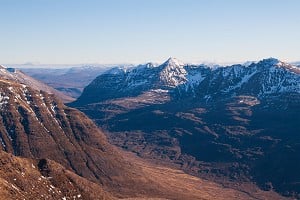
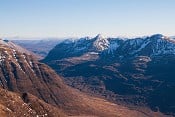
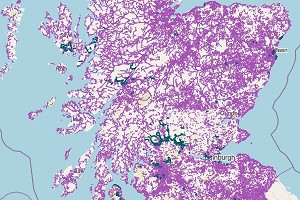
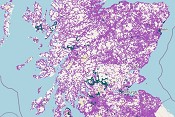
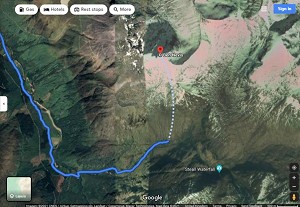

Comments